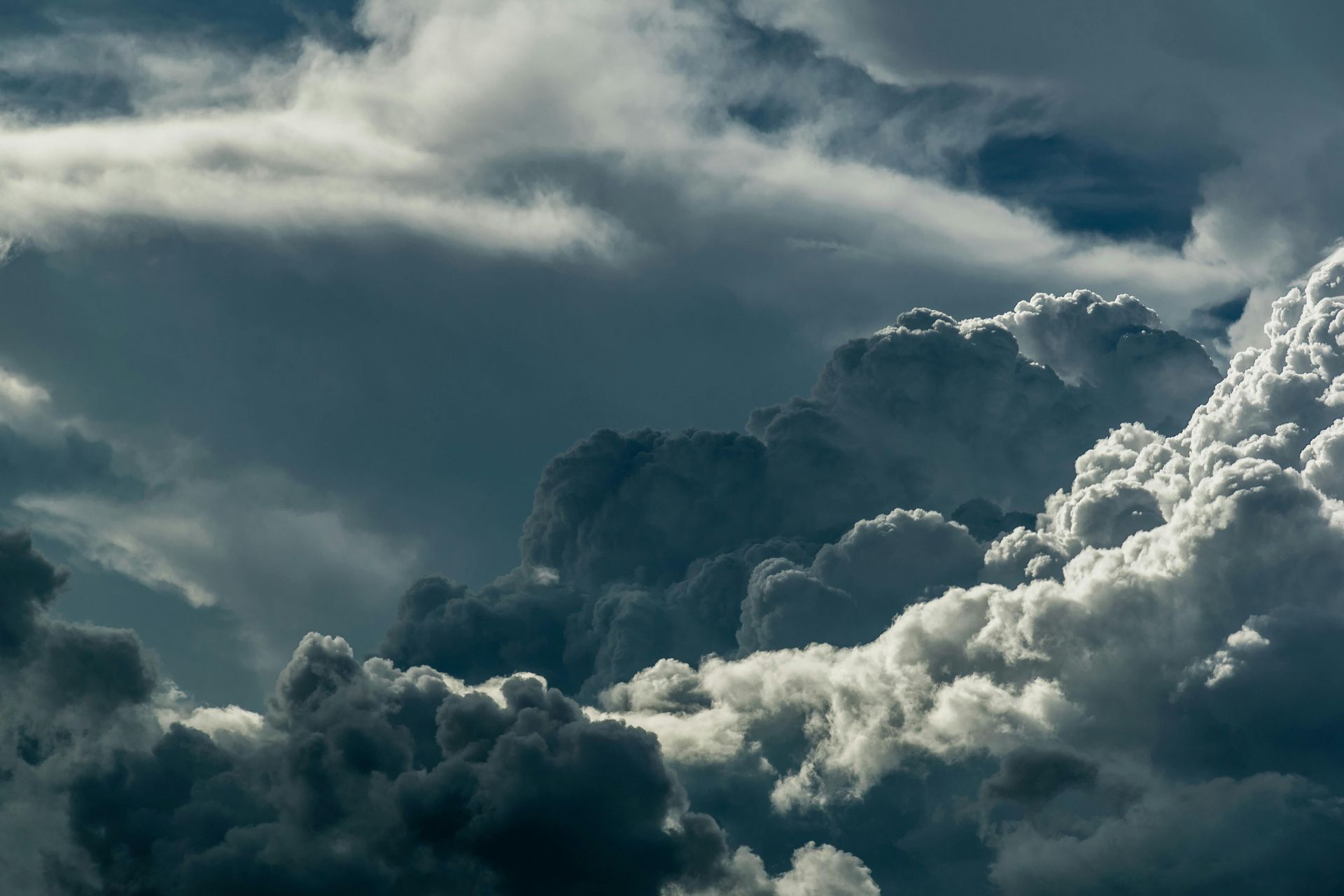What Senior Living Operators Need to Know About Severe Weather Insurance

Picture this: You’re sitting in your office, reviewing the latest resident satisfaction surveys. The sun is shining, and it’s been a good day. Suddenly, the sky darkens. Within minutes, golf ball-sized hail is pummeling your facility’s roof, shattering windows, and damaging vehicles in the parking lot. The power flickers, then goes out completely.
Welcome to the new normal of severe convective storms.
As a senior living operator, you’re no stranger to challenges. But there’s a growing threat that’s been flying under the radar, and it’s time we talked about it.
Severe convective storms – those sudden, violent outbursts of nature that bring hail, tornadoes, and damaging winds – are no longer just a “secondary peril” in the insurance world. They’ve become a major player, and they’re hitting the senior living industry hard.
Let’s break it down.
In 2024, natural catastrophes caused $60 billion in insured losses globally. But here’s the kicker: $42 billion of that came from severe thunderstorms, mostly right here in the U.S. We’re talking about 12 storms that each caused over $1 billion in damages.
Now, I know what you’re thinking. “Great, another thing to worry about. As if staffing shortages, regulatory compliance, and maintaining quality care weren’t enough.”
I get it. For years, I have insured senior living facilities across the Midwest. I thought I had see it all covered. But then came the summer of 2022.
Three major convective storms in as many months. Roofs damaged. Windows shattered. Power outages that lasted days. Residents displaced. Staff scrambling.
And the worst part? Many insurance coverages weren’t nearly as comprehensive as the insured thought it was.
That’s when I realized something had to change. Not just for me, but for every senior living operator out there who’s unknowingly at risk.
So, why are these storms becoming such a big deal?
First off, urbanization. More people are moving into cities and suburbs, which means more buildings in harm’s way. The UN predicts that by 2050, 68% of the global population will live in urban areas. That’s a lot of potential targets for Mother Nature’s fury.
Then there’s climate change. Warmer temperatures and increased moisture in the atmosphere are creating perfect conditions for these storms to form. Areas that never used to see severe weather are now getting hit regularly.
But here’s the real kicker: the insurance industry is struggling to keep up.
Remember when I said some folks’s coverage wasn’t as comprehensive as they thought? They aren’t alone. Many senior living operators are finding themselves underinsured or facing sky-high deductibles when it comes to convective storm damage.